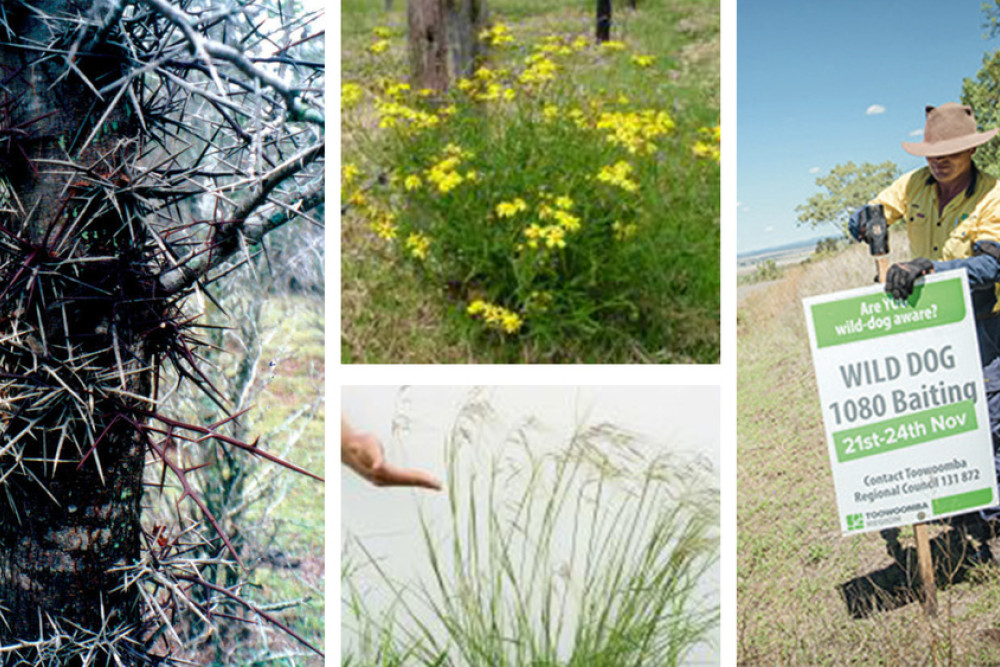Agricultural
12 October, 2023
Pests and weeds remain a problem on the Downs
The Australian Bureau of Agricultural and Resource Economics and Sciences (ABARES) has released the findings of its national survey into the problem of pests and weeds across Australia and many of the issues identified are common on the Darling Downs.

Executive Director of ABARES Dr Jared Greenville said the results of the 2022 ABARES pest animal and weed management land manager survey demonstrate that the level of commitment required by land managers to control pests and weeds is increasing.
“Land managers reported that feral animals continue to cause considerable impacts on their properties in 2022,” Dr Greenville said.
“The survey showed 89 per cent of land managers reported problems due to feral animals in 2022, up from 85 per cent in 2019.”
Foxes, rabbits, rats and mice were the most common species reported as causing problems.
“There have also been reports of feral animals that are new to properties or have increased in numbers, such as feral pigs and deer, that are causing damage,” Dr Greenville said.
“About three-quarters of land managers continue to manage pest animals on their properties through various means.
“Ground shooting was the most common management activity, used by about 75 per cent of land managers.
“Pesticide and/or insecticide use and ground baiting were also popular control measures, used by around 50 per cent of land managers.”
There was also a small but meaningful increase in reports of weed related problems on properties since 2019.
Around 60 per cent of land managers reported problems with weeds of National significance in 2022, up from 58 per cent in 2019.
The most common weeds that were reported as being new to the property were Fireweed, Feathertop Rhodes grass, Fleabane, African lovegrass, Thistles and Giant rats tail grass.
More than 80 per cent of land managers are actively managing weeds on their properties, with the application of herbicides remaining the most common weed management activity.
Toowoomba Regional Council (TRC) recognises the Downs has a problem with wild dogs, feral pigs and foxes and conducts 10-80
baiting programs in an attempt to control these pests.
Rabbits remain a pest on the Downs and landholders are expected to take steps to remove them.
While Fireweed remains of concern on the Downs TRC identifies other weeds of concern.
Weeds of particular interest in the Region:
High profile weeds (or invasive plant matter) found in the area include:
Parthenium
Giant rat’s tail grass
Parramatta grass
Honey locust - infestations of established honey locust trees present in Toowoomba and parts of the Condamine River system are a concern and are currently being monitored to prevent possible dispersal into surrounding areas
Chilean needle grass - currently infests a number of properties in the Clifton district and Toowoomba City area with large roadside infestations resulting from movement of stock, plant and equipment.
The ABARES report highlights the continuing national problem with pests and weeds and the Darling Downs appears unfortunately to have many of these issues.


